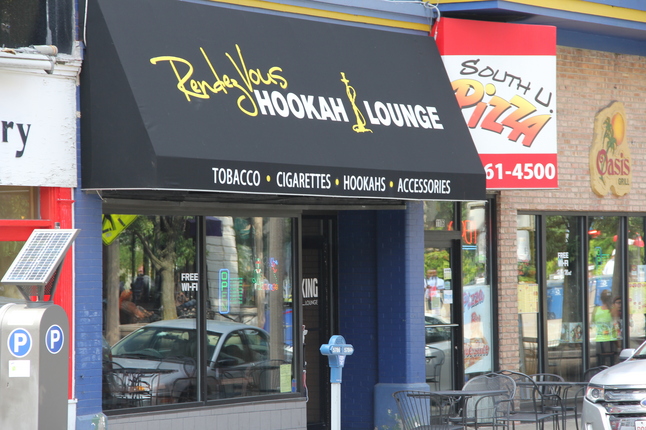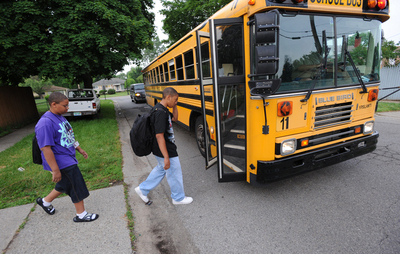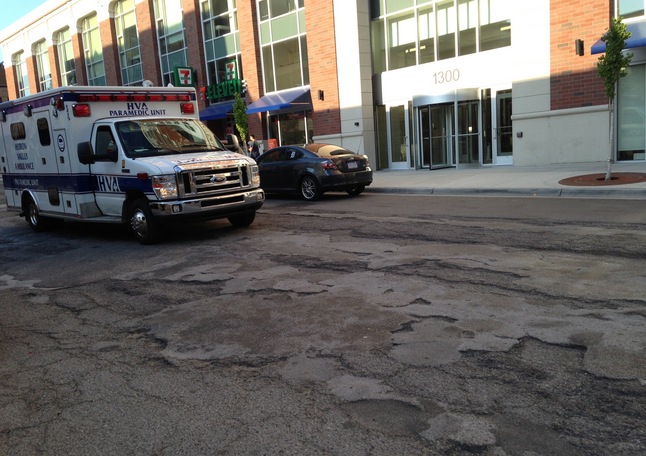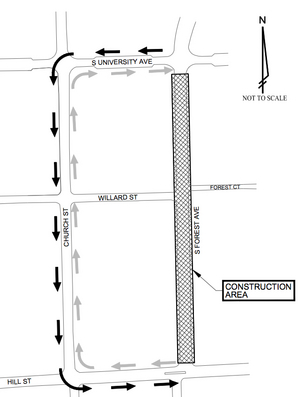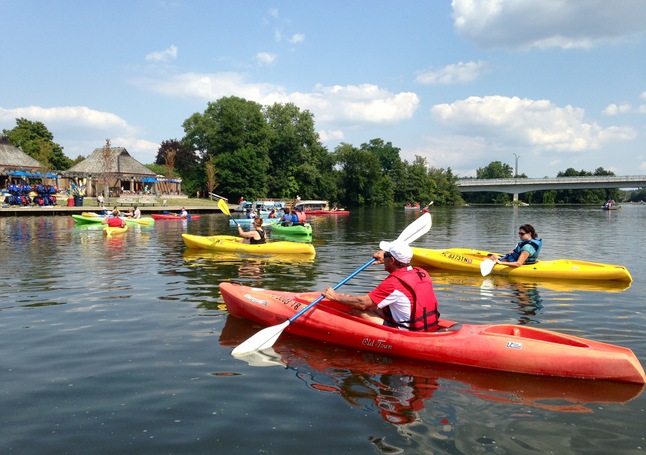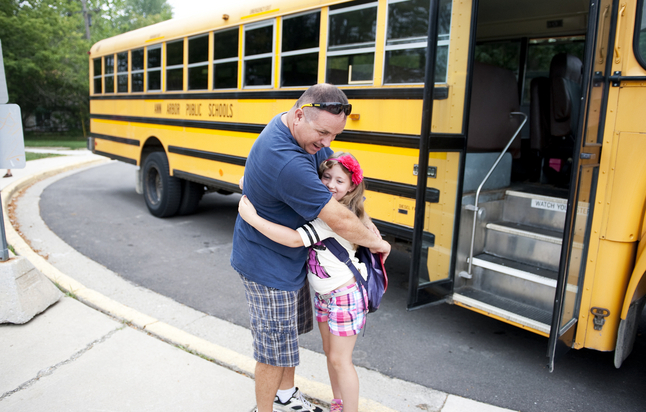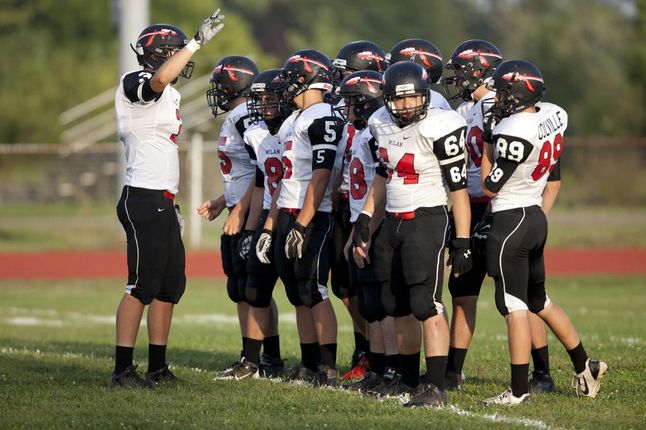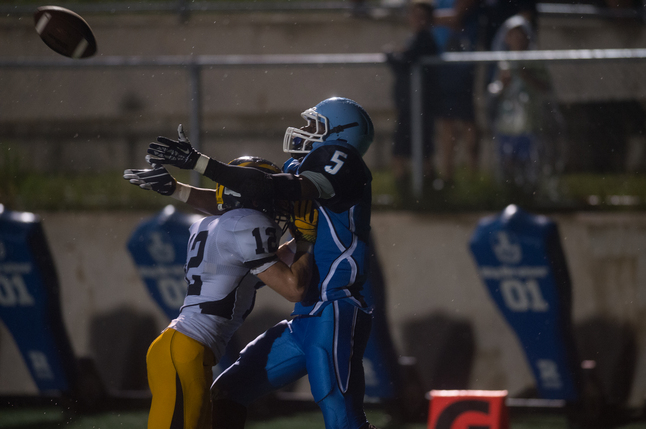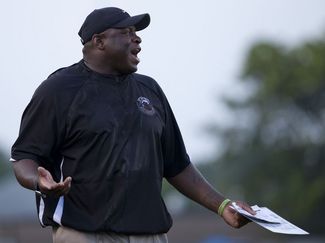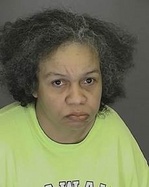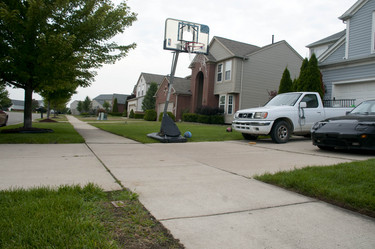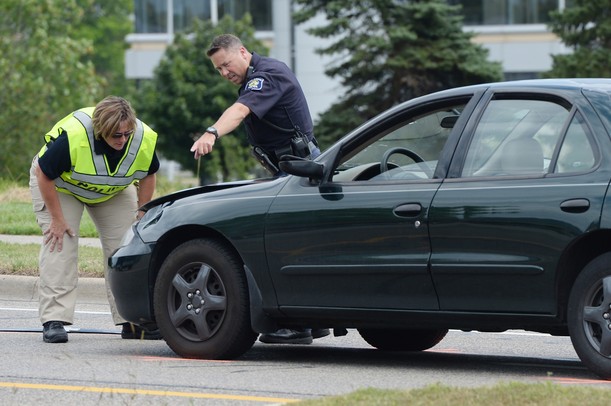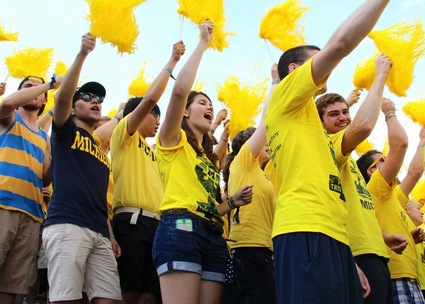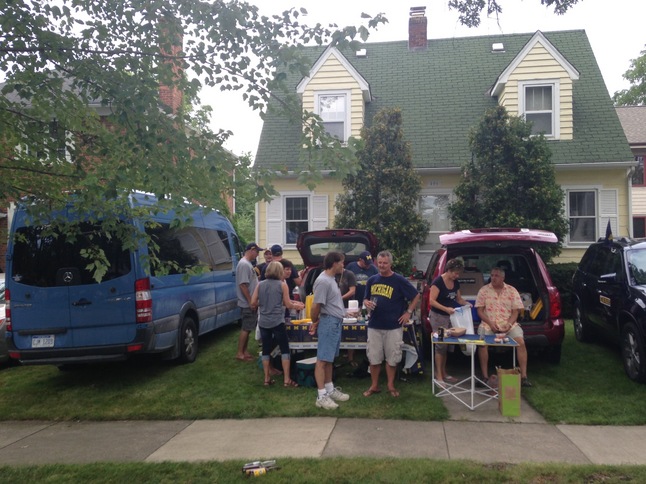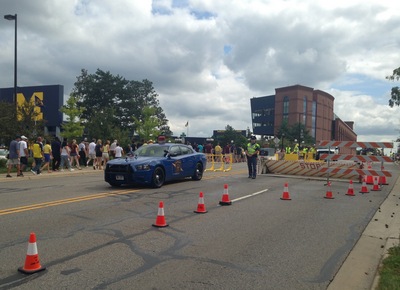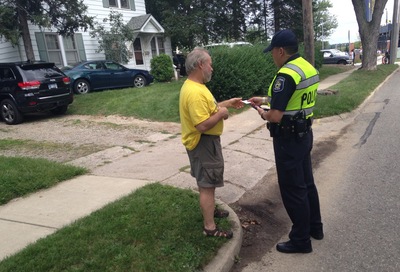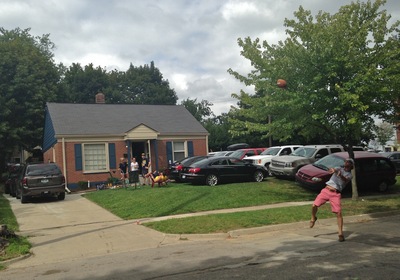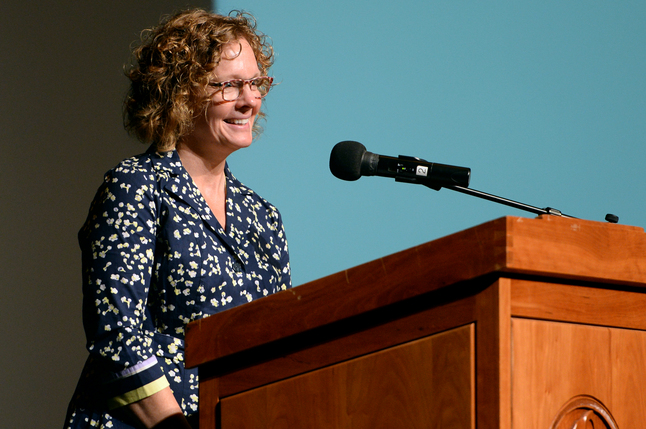![BBall_Hoop_Ordinance_1.jpg]()
A makeshift court in a cul-de-sac in the Greene Farms subdivision sits without a hoop, which has been moved up the driveway.
Tom Perkins | For AnnArbor.com
Since Ypsilanti’s Township enacted its new basketball hoop ordinance on July 6 prohibiting basketball in the street and public-right-of-way, ordinance officials have received at least 14 complaints about violations.
Of those complaints, four have led to the township confiscating hoops.
Needless to say, some township residents are upset about what they say is the township barring a wholesome activity kids have enjoyed for generations.
“If you drive through Greene Farms you won’t see as many kids outside playing (since the ordinance was enacted),” said Greene Farms subdivision resident Helen Bryant, who has six kids from 10- to 25-years-old and received a warning to move her hoop. “My kids don’t go outside as much anymore.
"Basketball rims or games aren’t interfering with anything. If you want kids to get exercise and be productive, let them play outside like kids.”
But township officials say the ordinance is a result of years of complaints from neighborhood watch groups and residents about kids playing basketball in the street or right-of-way and not moving for traffic or pedestrians.
The state and county have laws that say items like hoops can’t be in the right-of-way, but neither has the manpower to enforce them.
Per the ordinance, residents playing basketball in public streets, cul-de-sacs, with hoops on lawn extensions or otherwise in the right-of-way will have an adheisve sticker placed on the hoop and their front door that warns that the hoop needs to be pulled out of the right-of-way.
If the hoop still is found to be in the public right-of-way after 24 hours, then it could be confiscated and the owner written a municipal civil infraction punishable by a $100 fine. The owner can then retrieve the hoops from the township.
Township officials have stressed that the ordinance is complaint driven and Mike Radzik, director of the office of community standards, previously said “we aren’t driving around looking for hoops to take.”
Greene Farms resident John Hoops is a neighborhood association leader who has lodged complaints with the township about hoops in the public right-of-way. He said he has seen groups of kids playing street basketball or basketball on a sidewalk not move for traffic or pedestrians.
“It dirties up the neighborhood,” Hoops said. “Some lady walking down the sidewalk shouldn’t have to feel afraid because a bunch of kids aren’t moving. People have driveways. Park the car in the street, which is a legal thing to do, and play basketball in the driveway.”
Radzik said the township has received complaints in West Willow, Ford Lake Heights, Tremont and Greene Farms since the ordinance went into effect. He said placing hoops in the right-of-way has always been illegal at the state and county level and the ordinance just gives local officials here a way to enforce it.
![BBall_Hoop_Ordinance.jpg]()
Helen Bryant's family moved their hoop from the left side of the sidewalk, which is in the right-of-way, to the right side, but slightly further up the driveway.
Tom Perkins | For AnnArbor.com
Radzik also previously said the hoops are a safety issue.
Hoops agreed.
“If they’re standing there in the road again and again they’re going to become a hood ornament. We don’t need to have kids getting hit to play street ball,” he said.
In the case of the Greene Farms and Ford Lake Heights subdivisions, the public right-of-way extends from sidewalk to sidewalk, which means the tract of lawn between the road and sidewalk is the public right-of-way and is included in the ordinance.
In Greene Farms, driveways are flat near the street and where the sidewalks run, while the rest of the driveway is on enough of an upward slant that it makes playing basketball difficult.
Most residents there placed their hoops in the tract of lawn between the road and sidewalk and faced the hoop in toward their driveway. So most of the games took place not in the street, but still in the public right-of-way.
The ordinance has forced hoop owners to place the hoops further up the slanted driveway.
But Hoops stressed that the flat part of the driveways is in the county’s right-of-way and residents can’t have hoops there because it is encroachment.
“The bigger issue is the ordinance helps uphold state law and county law," he said.
In Ford Lake Heights, there were no violation notices posted on the hoops until mid-August. Ford Lake resident Paul Nucci said most residents aren’t aware of the ban or that there was a vote by the Township Board of Trustees, who unanimously approved the ordinance.
But he added that those who do know of it are “against it, but not vocal.”
“There are no issues with the games in the street in this sub,” he said. “If you cruise this sub you will see hoop board in the street right now. The (neighbors) that I have talked to think it's sad one or two neighborhoods have issues and it impacts the entire region."
But a week later, Ford Lake resident Amber Nazimek came home and discovered a notice posted to her hoop, which was out in the street. She said her husband moved the rim back to the tract of grass between the sidewalk and street and left it facing the road.
The sticker posted to the hoop had very little information, Nazimek said, and it took an explanation of the ordinance from an AnnArbor.com reporter for her to understand that the hoop was still illegally positioned and could be confiscated.
She said her husband and his friends play basketball in the street because there is more room, but said it is probably safer for her 6- and 8-year-old kids to play in the driveway. Still, she didn’t like the idea of having to move her cars.
“It’s sort of a bummer to have to park the car in the street. That’s the reason we have a driveway, and it should be our choice,” she said.
Ford Lake resident Jeff Kompanis said he doesn’t have kids but he finds the ordinance “a bit heavy-handed” if kids are letting traffic through.
“On our street this wasn't really a problem as kids play in the street areas and pause for traffic to get through,” Kompanis said. “I've heard that there are areas where the kids do not let traffic through, and that's a problem, but it's a people problem, not something that needed legislation. I think a couple of cops stopping and letting the kids know 'the rules and customs' might have been fine. The ban seems like overreach.”
And he noted that the ordinance doesn’t apply to other activities.
“Kids on our street play street hockey, so the ban really doesn't affect them and they'd still be able to block traffic,” Kompanis said
In West Willow, New West Willow Neighborhood Association President Deborah Hawkins said that neighborhood’s residents were made aware of the ordinance at their neighborhood watch meeting.
“The vast majority of the residents there were in favor of there being a way to control and deal with this issue,” she said. “I think the idea of a warning is good as some may not know the ordinance or realize the danger that having the hoops in the street can pose for both players and drivers.”
Bryant noted that in Green Farms, there is nothing for teenage kids to do. She said the nearby park only has equipment for younger kids, and there is nothing in the area that kids can bike to.
“After 10 years of my basketball hoop being in the exact same spot, I finally moved it just because it’s not worth the fight,” she said. “I can take my kids to the Y, Washtenaw Rec Center, but there are a lot of kids who can't go do that.
“Now what? Kids will start smoking pot. You should let kids play outside.”
And Bryant added a final thought.
“Why don’t you guys put rims out at the park so the kids can play basketball there?” she asked.
Tom Perkins is a freelance reporter.
